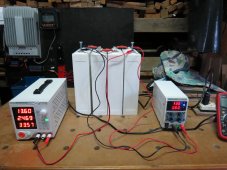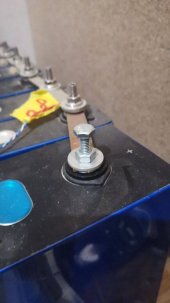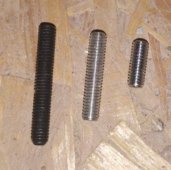Al Slitter
Trying to learn something new every day!
Due to a failure on Ali Express my order for 4-New 200Ah cells where lost. I had been waiting for these cells for 2-months, as a result I ordered from a seller in Bangkok 4- 200Ah CALB clone cells. The reason for selecting these cells was the very low resistance.
The cells arrived and I tested them for voltage and battery resistance. The cells wired in series showed a voltage of 12.86 volts, resistance was difficult to obtain.
I decided to start charging them to 13.4 volts which should take the battery to 99%. At that point I would then reconfigure them into parallel and let them balance out. After that I planned on discharging them with my BMS to 12 volts and would be able to see the total available Ah within the battery.
During all of this time I did multiple checks of the battery and cells voltages and recorded them for future reference. I used a battery dis-charger much like “Will” had on a video and the result achieved was very disappointing.
After doing a top balance my cells had regressed to 3.334 volts or a battery voltage of 13.336 volts. This would I believe work out to approximately 95% capacity of the battery.
The final result as shown on the tester at 12 volts was 138Ah. Being a novice a this maybe something I did was wrong?
I then decided reconfigure the batteries into parallel mode and do a bottom balance which I did then reconfigured them back to a series configuration and started charging again. This is where I am as of this moment.
I have provided a few images that might be of assistance, any and all comments would be appreciated as I am at a loss.
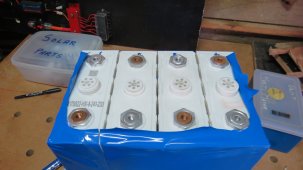
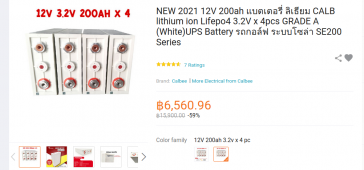

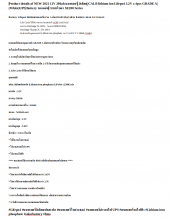

The cells arrived and I tested them for voltage and battery resistance. The cells wired in series showed a voltage of 12.86 volts, resistance was difficult to obtain.
I decided to start charging them to 13.4 volts which should take the battery to 99%. At that point I would then reconfigure them into parallel and let them balance out. After that I planned on discharging them with my BMS to 12 volts and would be able to see the total available Ah within the battery.
During all of this time I did multiple checks of the battery and cells voltages and recorded them for future reference. I used a battery dis-charger much like “Will” had on a video and the result achieved was very disappointing.
After doing a top balance my cells had regressed to 3.334 volts or a battery voltage of 13.336 volts. This would I believe work out to approximately 95% capacity of the battery.
The final result as shown on the tester at 12 volts was 138Ah. Being a novice a this maybe something I did was wrong?
I then decided reconfigure the batteries into parallel mode and do a bottom balance which I did then reconfigured them back to a series configuration and started charging again. This is where I am as of this moment.
I have provided a few images that might be of assistance, any and all comments would be appreciated as I am at a loss.





Last edited:



